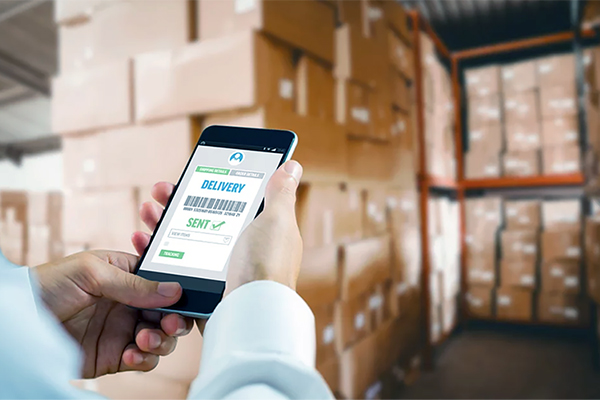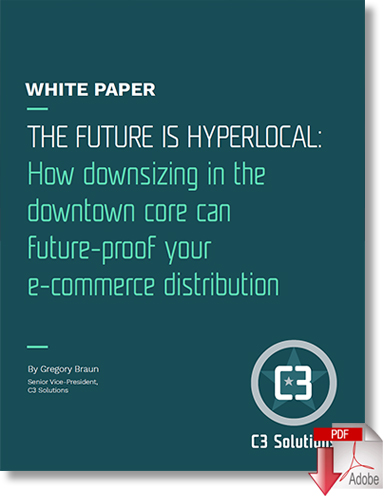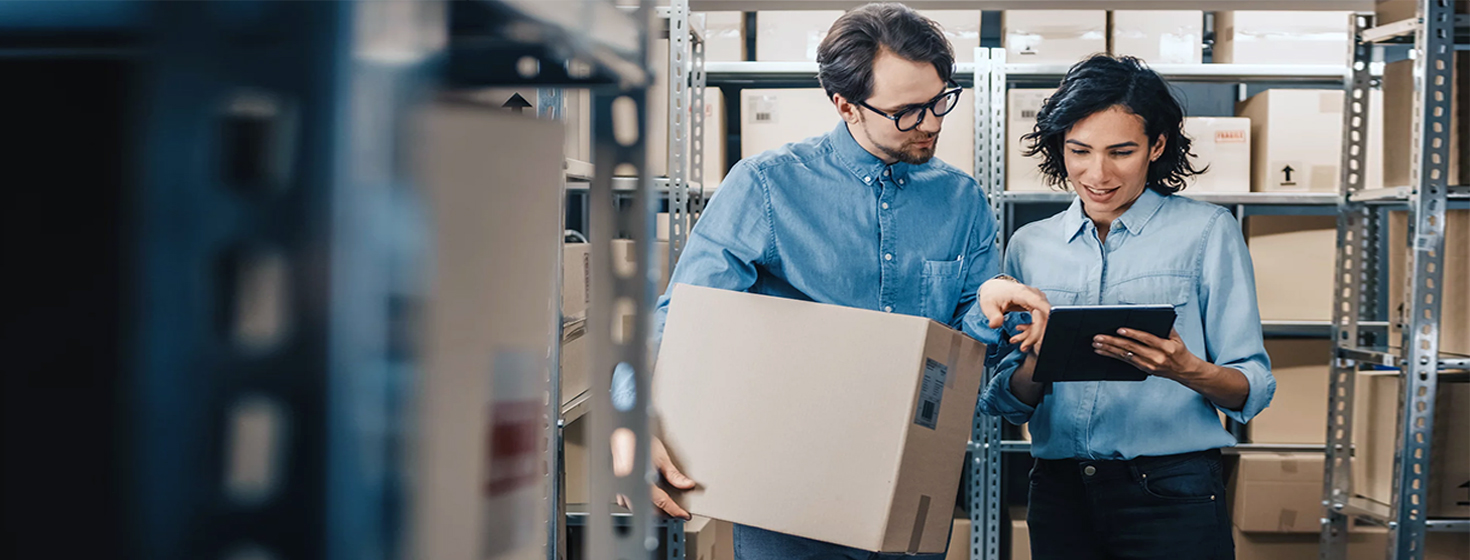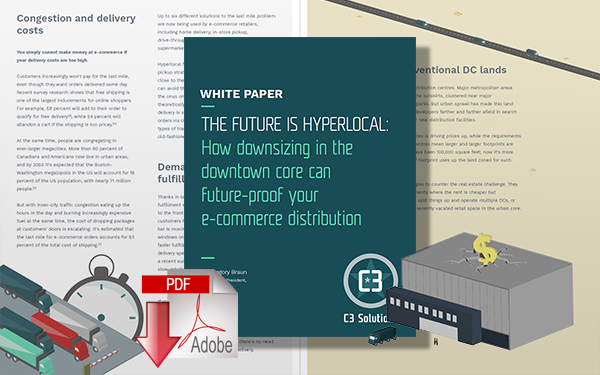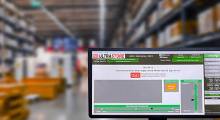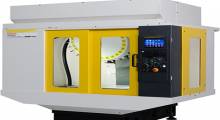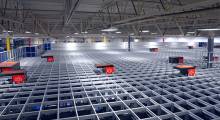What is Hyperlocal Fulfillment?
Inner-city congestion and rising delivery costs. Increasing demand for instant fulfillment. Skyrocketing prices for conventional distribution center real estate.
The Rise of Ecommerce
The four horsemen of the retail apocalypse have come together to give logistics managers a real nightmare.
How do you fulfill customer orders in this environment while still maintaining an acceptable profit margin?
Here's a hint. You don't always do it by continuing distribution operations out of remote, gigantic DCs.
Over the past couple of years, logistics managers desperate to conquer the last-mile challenge have been trying out a new model that turns the old fulfillment model on its head.
Hyperlocal fulfillment is the concept that is emerging as a remedy to the challenges that are making order fulfillment increasingly difficult.
It relies on small, numerous fulfillment centers, located in urban areas – either right downtown or close to the core – to stock and ship out goods for e-commerce orders.
By bringing the product closer to the customer, then creating and dispatching orders, those orders can be fulfilled faster, on a smaller footprint and can employ innovative final mile delivery solutions.
Each taken separately, the challenges presented by burgeoning e-commerce, high real estate prices, the demand for faster fulfillment and the increasing costs of delivery thanks to urban congestion are bad enough. However, for a business that is trying to quickly fulfill and deliver orders in the city, together these four present a formidable barrier to profit. Here is a look at the scope of each challenge.
Increasing Ecommerce Sales
We have talked about the rise of e-commerce before. It is widely recognized as this century's greatest disruptor of supply chain operations; and although the percentage of retail sales completed by e-commerce remains quite low – at about 10 percent – in the U.S. that amounted to $137.7 billion for the first quarter of 2019 alone. It's market share is steadily climbing. Looking back to 2009, e-commerce sales only amounted to less than four percent of the retail total.[1]
This increase in e-commerce is having a painful impact on bricks and mortar stores, especially in apparel and other product categories that can be easily delivered digitally – books, music, and games, for example. E-commerce's share of the retail pie in the general merchandise, apparel and accessories, furniture and other category (in other words, general merchandise retailers; furniture and home furnishings; electronics and appliances; clothing and accessories; sporting goods, hobby, book, and music; and, office supplies, stationery, and gift stores) reached 28 percent in the first quarter of 2018.[2]
What this means is the department stores – which sell all that general merchandise – are having to rethink their strategy, resulting in the closure of retail spaces. In 2018 U.S. retailers shuttered 5,864 retail locations, and as of April 2019, the number had already reached 5,994.[3]
While this is bad news for those retailers and many of their employees, it is freeing up inner-city retail real estate. Some of those retailers have decided to repurpose those assets into local distribution hubs, while others are taking the decline in inner-city pricing as a sign it's time to abandon expensive suburban real estate (see below) in favor of smaller buildings in town.
Congestion and Delivery Costs
You simply cannot make money at e-commerce if your delivery costs are too high. Customers increasingly won't pay for the last mile, even though they want orders delivered same day. Recent survey research shows that free shipping is one of the largest inducements for online shoppers. For example, 58 percent will add to their order to qualify for free delivery[4], while 54 percent will abandon a cart if the shipping is too pricey.[5]
At the same time, people are congregating in ever-larger megacities. More than 80 percent of Canadians and Americans now live in urban areas, and by 2050 it's expected that the Boston-Washington megalopolis in the US will account for 18 percent of the US population, with nearly 71 million people.[6]
But with inner-city traffic congestion eating up the hours in the day and burning increasingly expensive fuel at the same time, the cost of dropping packages at customers' doors is escalating. It's estimated that the last mile for e-commerce orders accounts for 53 percent of the total cost of shipping.[7]
Up to six different solutions to the last mile problem are now being used by e-commerce retailers, including home delivery, in-store pickup, drive-through pickup, curbside pickup, virtual supermarket, and automatic subscription.[8] Hyperlocal fulfillment allows for easy delivery or pickup strategies, by positioning the fulfilled order close to the customer's home or place of work. It can avoid the last mile delivery altogether by putting the onus on the customer to pick up the order, and theoretically should allow for lower prices. When delivery is still required, customers can get their orders via Uber-style delivery services, or by new types of transport such as drones, or even old-fashioned ones, like bicycles.
Demand for Instant Fulfillment
Thanks in large part to Amazon's ever-accelerating fulfillment speed, e-commerce has become a race to the front door. Same-day delivery for urban customers has become simply table stakes, and the bar is moving higher with even shorter delivery windows on offer. Customers are growing used to faster fulfillment, with close to half expecting delivery speeds to continue increasing, according to a recent survey.[9] As same-day delivery becomes too slow, retailers will strive to match the “30-minutes or free” standard that used to be a pizza delivery promise.
If you could begin deliveries only blocks from your customer's door instead of miles, that time to order completion could be drastically reduced. Again, that's where the idea of local distribution hubs solves e-commerce challenges. When the order starts its journey three blocks away, there's no need to wait until the end of the day for delivery.
Rising Cost of Conventional DC Lands
We are running out of space for large distribution centers. Major metropolitan areas have for years seen DCs circled around the outskirts, clustered near major transportation arteries in vast industrial parks. But urban sprawl has made this land extremely valuable, forcing commercial developers farther and farther afield in search of affordable greenfield opportunities for new distribution facilities.
A shortage of quality commercial properties is driving prices up, while the requirements of typical new e-commerce fulfillment centers mean larger and larger footprints are needed. A large DC 15 years ago would have been 100,000 square feet; now it's more like 500,000 square feet and that kind of footprint uses up the land zoned for such developments at a rapid pace.[10]
Retailers are considering multiple strategies to counter the real estate challenge. They can go farther afield to B-class developments where the rent is cheaper but transportation costs are higher, they can split things up and operate multiple DCs, or they can look into the option of utilizing recently vacated retail space in the urban core.
References:
- ”Quarterly retail e-commerce sales, 1st Quarter 2019”, U.S. Census Bureau News, May 17, 2019.
- ”The real impact of e-commerce on retail”, Altierre Corporation, June 2018.
- ”American retailers already announced 6,000 store closures this year. That's more than all of last year”, Nathan Meyersohn, CNN Business, April 16, 2019.
- ”How eCommerce Pros Can Reduce Checkout Abandonment Rates”, James Spittal, Sitepoint, November 2, 2016.
- ”Survey: Retailers struggle to keep up with demand for hyperlocal delivery”, Dan O'Shea, Retail Dive, June 26, 2017
- ”Rise of the hyperlocal fulfillment centre”, Supply Chain at MIT.com, April 26, 2018.
- ”The challenges of last mile logistics and delivery technology solutions”, Shelagh Dolan, Business Insider, May 10, 2018.
- ”The future of grocery: e-commerce, digital technology and changing shopping preferences around the world”, Neilson.com, April 2015.
- ”The race is on: 43% of consumer expect 'much faster' deliveries in 2018”, Marie Griffin, Retail Touch Points, April 2, 2018.
- ”Real estate costs through the roof”, Emily Atkins, Inside Logistics, May 10, 2018.
About the Author
Greg Braun is a co-founder of C3 Solutions and is responsible for the marketing and sales department. Greg has over 25 years experience in the transportation industry of which the last 15 have been focused on yard and dock management.
Related Article 3 Things You Should Know About Hyperlocal Supply Chains
Related White Paper
The Future is Hyperlocal: How Downsizing the Downtown Core Can Future-proof Ecommerce Distribution New!
This white paper explains how hyperlocal fulfillment, also known as micro-fulfillment, works and detail the benefits as well as some of the risks, you will have a better understanding of whether it might be a solution for your operations. Download Now!
More Resources from C3 Solutions
Article topics
Email Sign Up

